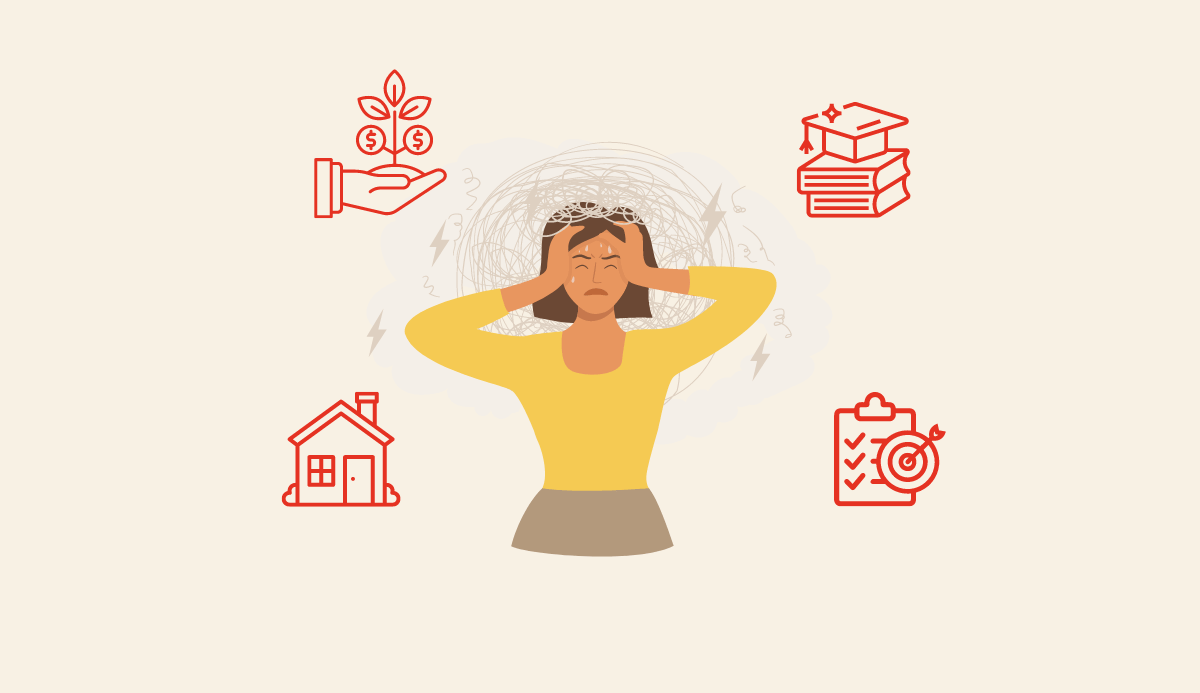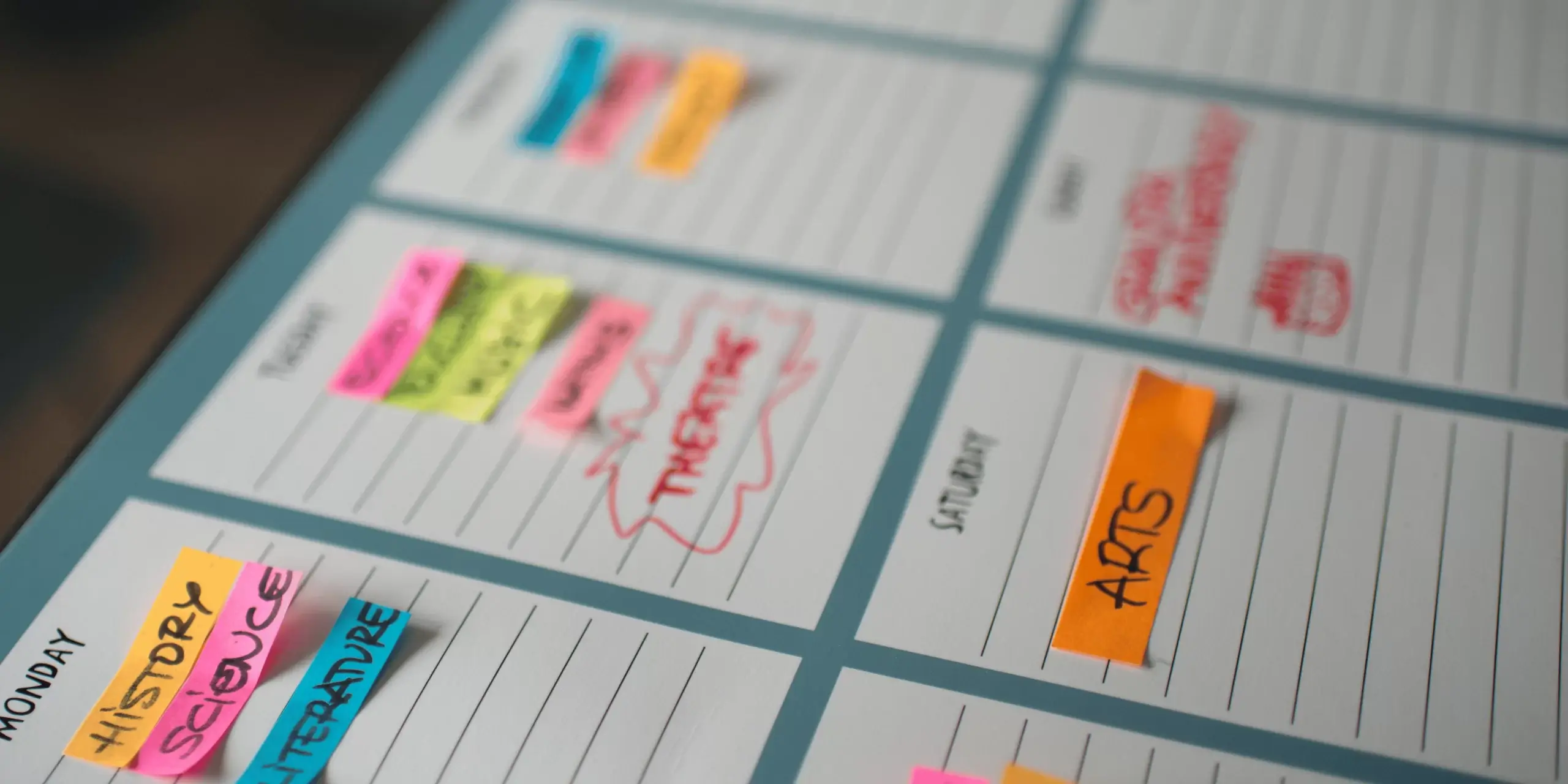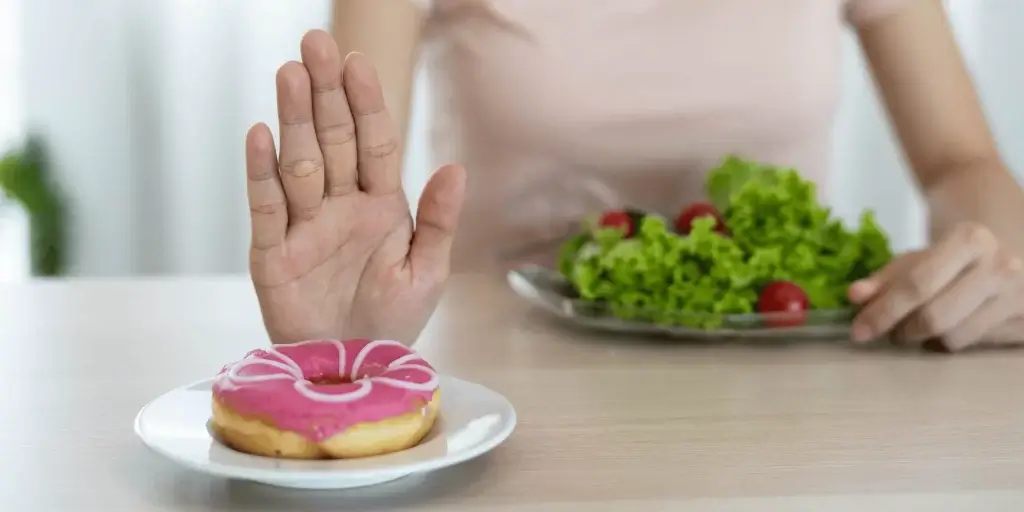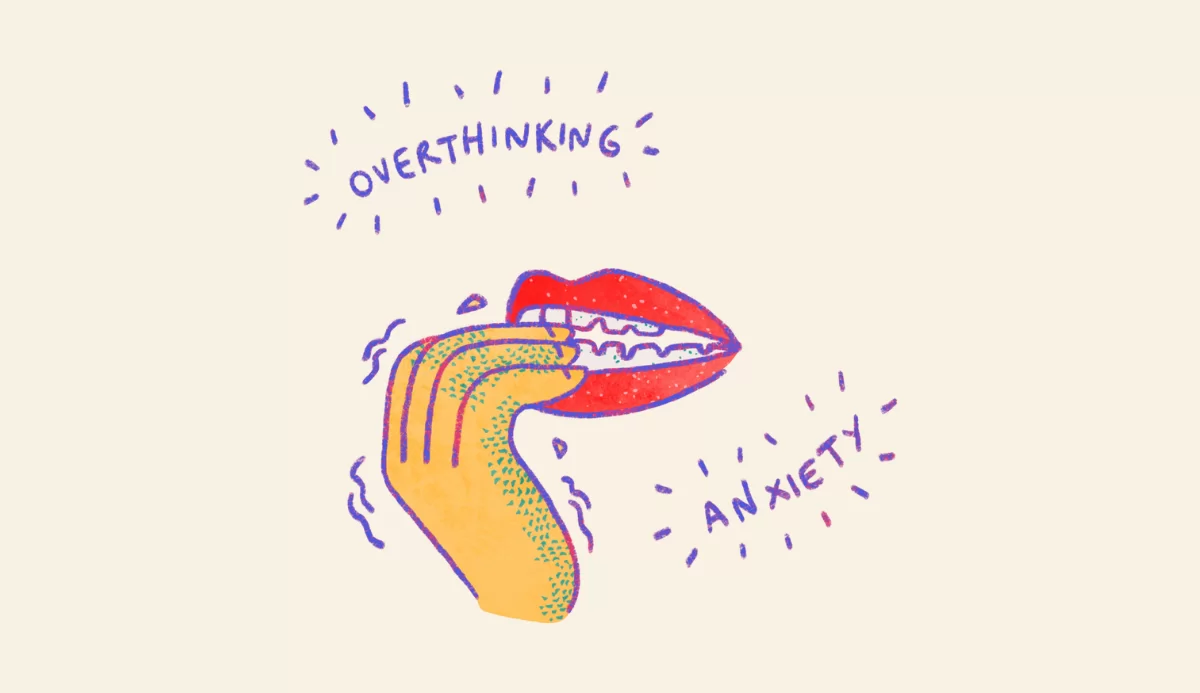
As someone who’s dealt with ADHD, I know how challenging it can be. But I’ve learned that with the right strategies, we can thrive. In this article, I’ll share practical tips that have helped me and others manage adult ADHD in everyday life.
Understanding Adult ADHD
Before we dive into strategies, let’s quickly review what ADHD is. ADHD stands for Attention Deficit Hyperactivity Disorder. It’s not just a kid thing – many adults have it too. Common symptoms include:
- Trouble focusing
- Being easily distracted
- Forgetfulness
- Difficulty with time management
- Impulsivity
- Restlessness or fidgeting
- Procrastination
If you think you might have ADHD, it’s a good idea to talk to a doctor. They can help you get a proper diagnosis and treatment.

Practical Strategies for Daily Life with ADHD
1. Morning Routines: Starting Your Day Right
Mornings can be tough with ADHD. Here’s what helps me:
- Prepare the night before: Lay out clothes, pack your bag, and plan breakfast.
- Use a visual checklist: Put a list of morning tasks on your bathroom mirror.
- Set multiple alarms: I use one to wake up and another as a “time to leave” reminder.
- Make your bed: It’s a quick win that sets a positive tone for the day.

2. Organizing Your Space
A cluttered space can lead to a cluttered mind. Try these tips:
- Use clear containers: See what’s inside without opening them.
- Label everything: It saves time when you’re looking for stuff.
- Follow the “one in, one out” rule: When you buy something new, get rid of something old.
- Create designated spaces: Have a specific spot for keys, wallet, and phone.
3. Managing Paperwork and Bills
Paperwork can be overwhelming. Here’s how to tackle it:
- Set up automatic bill payments: It’s one less thing to remember.
- Use a scanner app: Digitize important documents to reduce paper clutter.
- Create a filing system: Use colorful folders for different categories.
- Schedule a weekly “paperwork time”: Stick to it like any other important appointment.

4. Effective To-Do Lists
Not all to-do lists are created equal. Here’s how to make yours work:
- Break big tasks into smaller steps: “Clean house” becomes “vacuum living room,” “clean bathroom,” etc.
- Use the “1-3-5” rule: Plan to accomplish one big thing, three medium things, and five small things each day.
- Try the “Must-Should-Want” method: Categorize tasks by importance.
- Use a digital tool: Apps like Todoist or Trello can sync across devices.
5. Time Management Techniques
Time can slip away when you have ADHD. These strategies can help:
- Use the Pomodoro Technique: Work for 25 minutes, then take a 5-minute break.
- Try time-blocking: Assign specific tasks to blocks of time in your calendar.
- Set timers for everything: Even for fun activities, to avoid hyperfocus.
- Use visual timers: Seeing time pass can help create urgency.
6. Reducing Distractions
Distractions are everywhere. Here’s how to minimize them:
- Create a dedicated workspace: Even if it’s just a corner of a room.
- Use noise-cancelling headphones: They can help you focus in noisy environments.
- Try website blockers: Apps like Freedom can block distracting sites during work hours.
- Practice the “two-minute rule”: If a task takes less than two minutes, do it immediately.

7. Improving Focus
Staying focused can be a challenge. These techniques might help:
- Use background noise: Try apps like Noisli for ambient sounds.
- Try body doubling: Work alongside someone else, even if on different tasks.
- Use fidget tools: They can help channel restless energy.
- Practice mindfulness: Even a few minutes of meditation can improve focus.
8. Managing Impulsivity
Impulsive decisions can be troublesome. Here are some strategies:
- Use the HALT method: Before acting, ask if you’re Hungry, Angry, Lonely, or Tired.
- Implement a “waiting period” for purchases: Wait 24 hours before buying non-essential items.
- Practice deep breathing: It can help you pause before reacting.
- Use “if-then” planning: For example, “If I feel the urge to interrupt, then I’ll write down my thought instead.”

9. Dealing with Procrastination
Procrastination is common with ADHD. Try these tips:
- Use the “five-minute rule”: Commit to working on a task for just five minutes.
- Reward yourself: Set up small rewards for completing tasks.
- Visualize the end result: Imagine how you’ll feel when the task is done.
- Find an accountability partner: Share your goals with someone who can check in on your progress.
10. Improving Memory
Forgetfulness can be frustrating. Here’s what can help:
- Use sticky notes strategically: Place them where you’ll see them when needed.
- Try mnemonic devices: Create acronyms or rhymes to remember important info.
- Use your phone’s camera: Take pictures of where you parked, items you need to buy, etc.
- Create checklists for routine tasks: Use them for packing, grocery shopping, etc.

11. Managing Finances
Financial management can be tricky with ADHD. These strategies can help:
- Use budgeting apps: Tools like YNAB or Mint can help track spending.
- Set up automatic savings: Have a portion of your paycheck automatically transferred to savings.
- Use cash envelopes: Allocate cash for different spending categories to avoid overspending.
- Schedule regular “money dates”: Set aside time each week to review your finances.
12. Improving Sleep Habits
Good sleep is crucial for managing ADHD. Try these tips:
- Stick to a sleep schedule: Go to bed and wake up at the same time every day.
- Create a bedtime routine: Include calming activities like reading or light stretching.
- Use a white noise machine: It can help drown out distracting sounds.
- Try a weighted blanket: Many people with ADHD find them calming.

13. Healthy Eating for ADHD
Diet can affect ADHD symptoms. Consider these strategies:
- Meal prep on weekends: Having ready-to-eat healthy meals reduces impulsive food choices.
- Keep healthy snacks visible: Put fruits and veggies at eye level in your fridge.
- Stay hydrated: Set reminders to drink water throughout the day.
- Consider omega-3 supplements: Some studies suggest they may help with ADHD symptoms.
14. Exercise and ADHD
Regular exercise can significantly help manage ADHD. Here’s how to make it work:
- Schedule workouts: Treat them like any other important appointment.
- Find fun activities: You’re more likely to stick with exercise you enjoy.
- Try morning workouts: They can set a positive tone for the day.
- Use workout apps: Many offer short, high-intensity workouts perfect for ADHD.
15. Building and Maintaining Relationships
ADHD can affect relationships. These tips can help:
- Be open about your ADHD: Help loved ones understand your challenges.
- Use shared calendars: Keep everyone on the same page for appointments and tasks.
- Practice active listening: Repeat back what others say to ensure you’ve understood.
- Schedule regular check-ins: Set aside time to talk about concerns and successes.
16. Workplace Strategies
Managing ADHD at work can be challenging. Try these strategies:
- Request accommodations if needed: Things like noise-cancelling headphones or a quieter workspace can help.
- Use a task management system: Tools like Asana or Trello can help organize work projects.
- Take regular breaks: Short breaks can actually improve overall productivity.
- Find an ADHD-friendly career: Look for jobs that align with your strengths and interests.
17. Emotional Regulation
ADHD can sometimes make emotions feel intense. Here’s what can help:
- Practice naming your emotions: It can help you process them more effectively.
- Use “feeling thermometers”: Rate the intensity of your emotions to gain perspective.
- Try journaling: It can help you process thoughts and emotions.
- Learn relaxation techniques: Progressive muscle relaxation can be particularly helpful.
18. Seeking Support
Remember, you’re not alone in this journey. Consider these support options:
- Join ADHD support groups: Sharing experiences can be incredibly helpful.
- Work with an ADHD coach: They can provide personalized strategies.
- Consider therapy: Cognitive Behavioral Therapy (CBT) can be particularly effective for ADHD.
- Educate your loved ones: Help them understand how they can support you.
Wrapping Up
Living with adult ADHD has its challenges, but it also comes with unique strengths. Many adults with ADHD are creative, energetic, and great at thinking outside the box. The key is finding strategies that work for you.
Remember, what works for one person might not work for another. Be patient with yourself as you try different approaches. It’s okay if you don’t get it right every time – progress, not perfection, is the goal.
With the right tools and support, you can not only manage your ADHD but thrive with it. Don’t let ADHD define you – it’s just one part of who you are. You have the power to take control and create the life you want.
Keep trying, keep learning, and most importantly, be kind to yourself along the way. You’ve got this!
Sources:





Leave a Reply